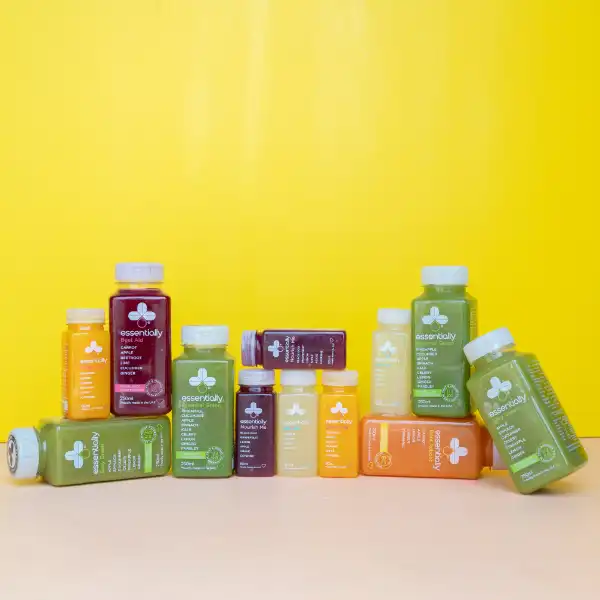How To Make Your Own Juice Pack At Home
Creating your own juice pack at home is a convenient and healthy way to enjoy fresh juice whenever you want. By preparing juice packs in advance, you can save time, reduce food waste, and ensure that you’re consuming nutritious ingredients without added sugars or preservatives. Here’s a step-by-step guide to making your own juice pack at home.
Choose your ingredients
Start by selecting fresh, organic fruits and vegetables for your juice pack. Popular choices include:
- Fruits: Apples, oranges, pineapples, berries, and mangoes.
- Vegetables: Spinach, kale, cucumbers, carrots, and beets.
- Add-ins: Ginger, turmeric, mint, or lemon for added flavor.
When choosing your ingredients, consider their nutritional benefits and flavor profiles. For example, leafy greens are nutrient-dense, while fruits can add natural sweetness to your juices.
Prepare your ingredients
Wash your fruits and vegetables thoroughly to remove any pesticides or dirt. For leafy greens, consider drying them in a salad spinner. Cut larger fruits and vegetables into smaller pieces for easier blending. For example, chop apples into quarters, peel ginger, or slice cucumbers. If you plan to include citrus fruits, peel them and separate the segments for easy juicing.
Portion and package
Divide your prepared ingredients into individual portions based on your desired serving size. Use freezer-safe bags or containers to store your juice packs. Label each bag or container with the date and contents to keep track of freshness. You can also note the juice combinations or add-ins for easy reference. For optimal storage, try to remove as much air as possible from the bags to prevent freezer burn.
Juicing method
When you’re ready to make your juice, simply take a pack out of the freezer and let it thaw for a few minutes. If you’re using a high-speed blender, you can add a bit of water to help with blending. Blend until smooth, and if desired, strain the juice using a fine mesh sieve or cheesecloth for a smoother texture. Alternatively, you can use a juicer for a more traditional juice-making process.
Storage tips
If you have leftover juice, store it in an airtight glass container in the refrigerator. For maximum freshness, consume it within 3-5 days. If you know you won’t drink it in time, consider freezing any leftover juice in ice cube trays. These frozen juice cubes can be added to smoothies or other beverages.




